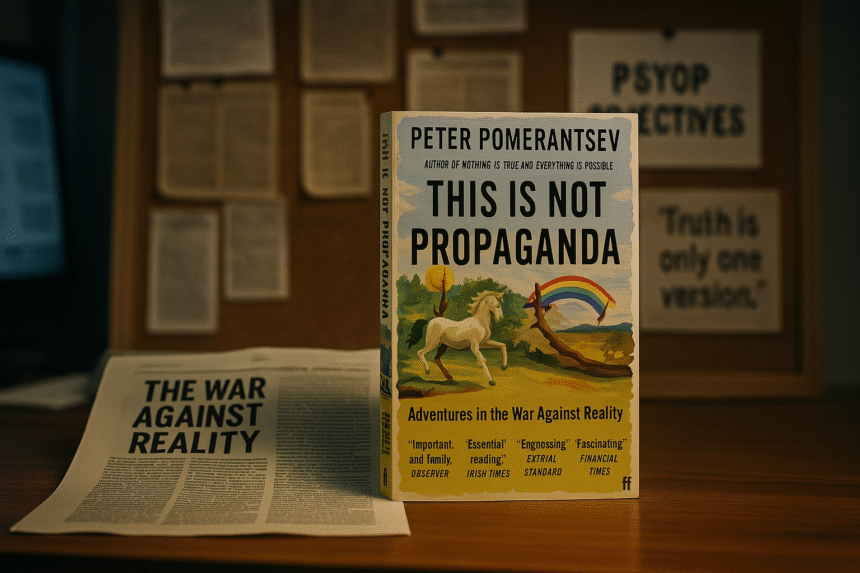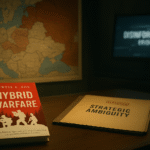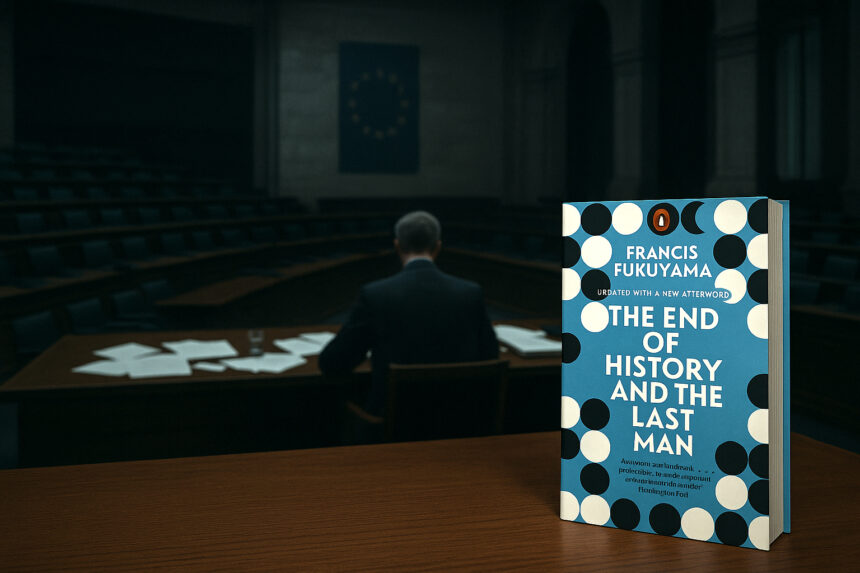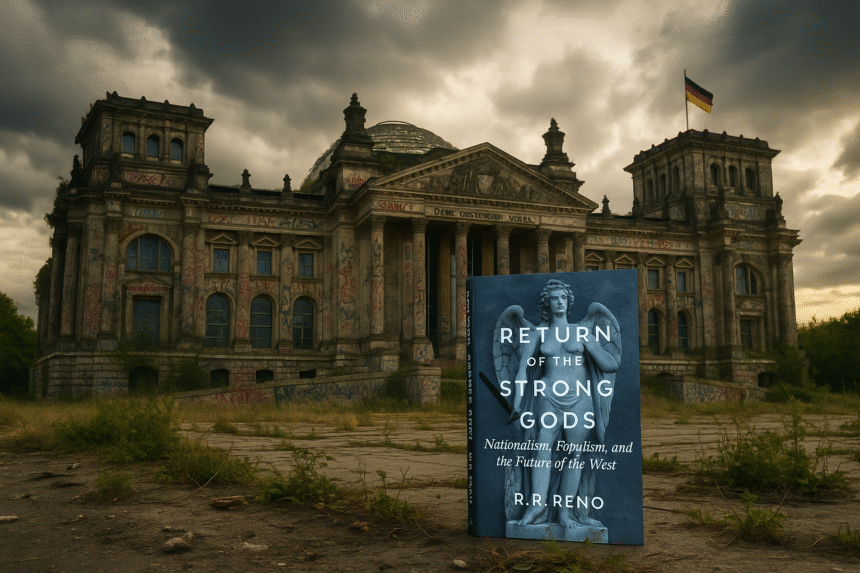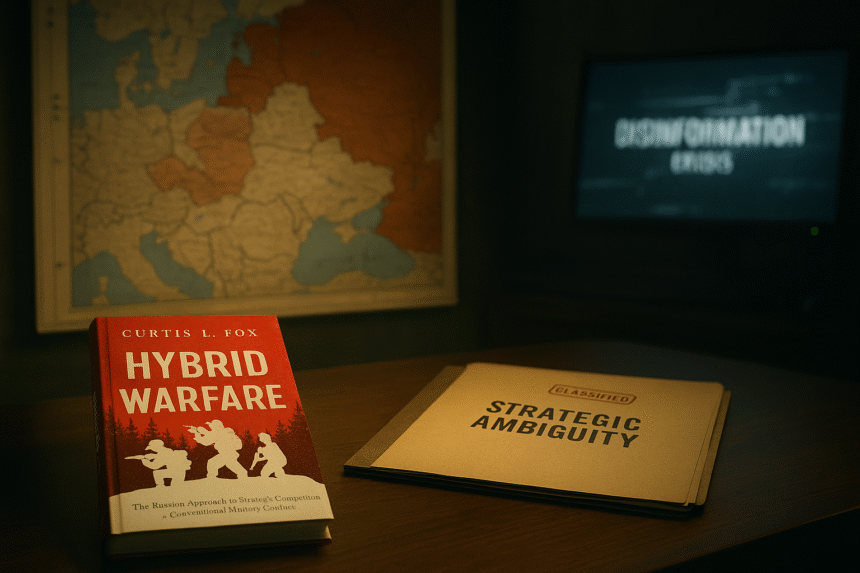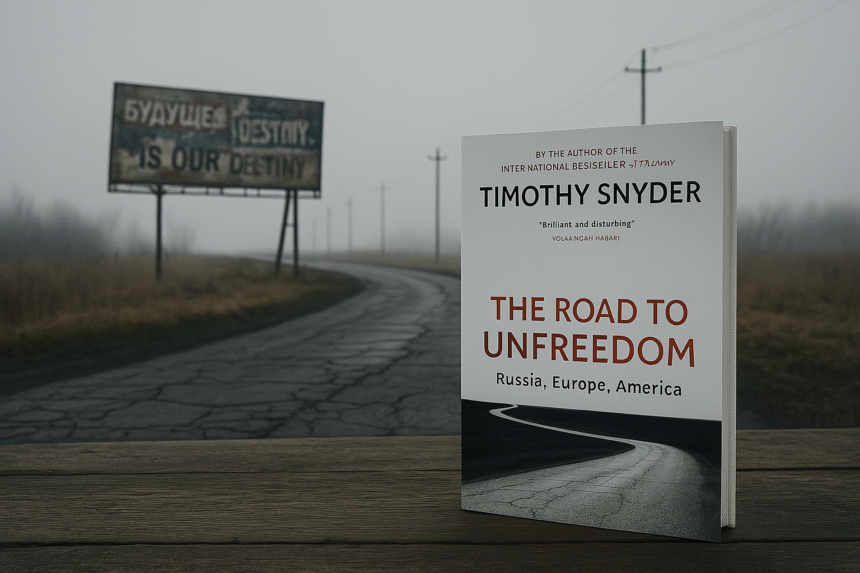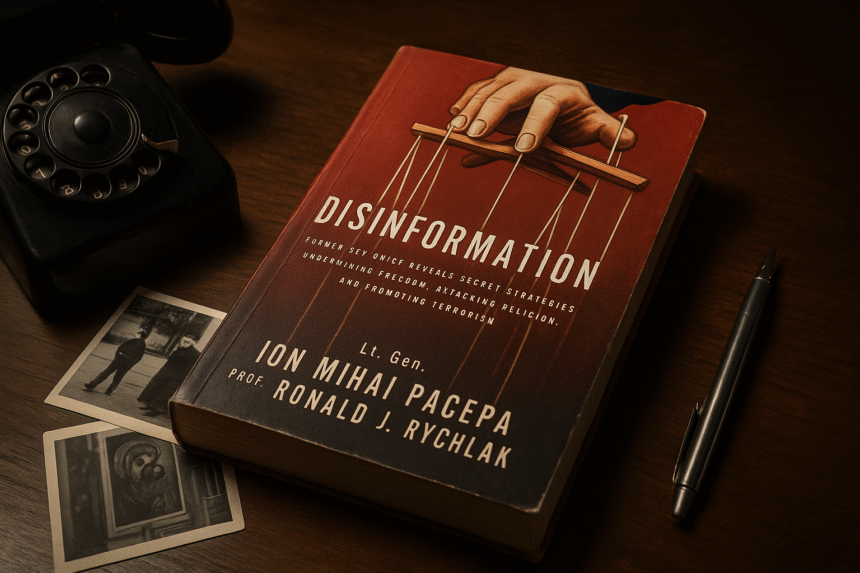The Fog Is the Weapon
In the 20th century, propaganda clarified. In the 21st century, it conceals. What was once a blunt instrument of ideology has become a precision tool of disorientation. In This Is Not Propaganda, Peter Pomerantsev walks the frontlines of the information war—not with theories, but with testimonies. From troll farms in Russia to social media psyops in the Philippines, his account reads less like journalism than an operational after-action report from the heart of cognitive warfare.
This is not a warning. It is a map.
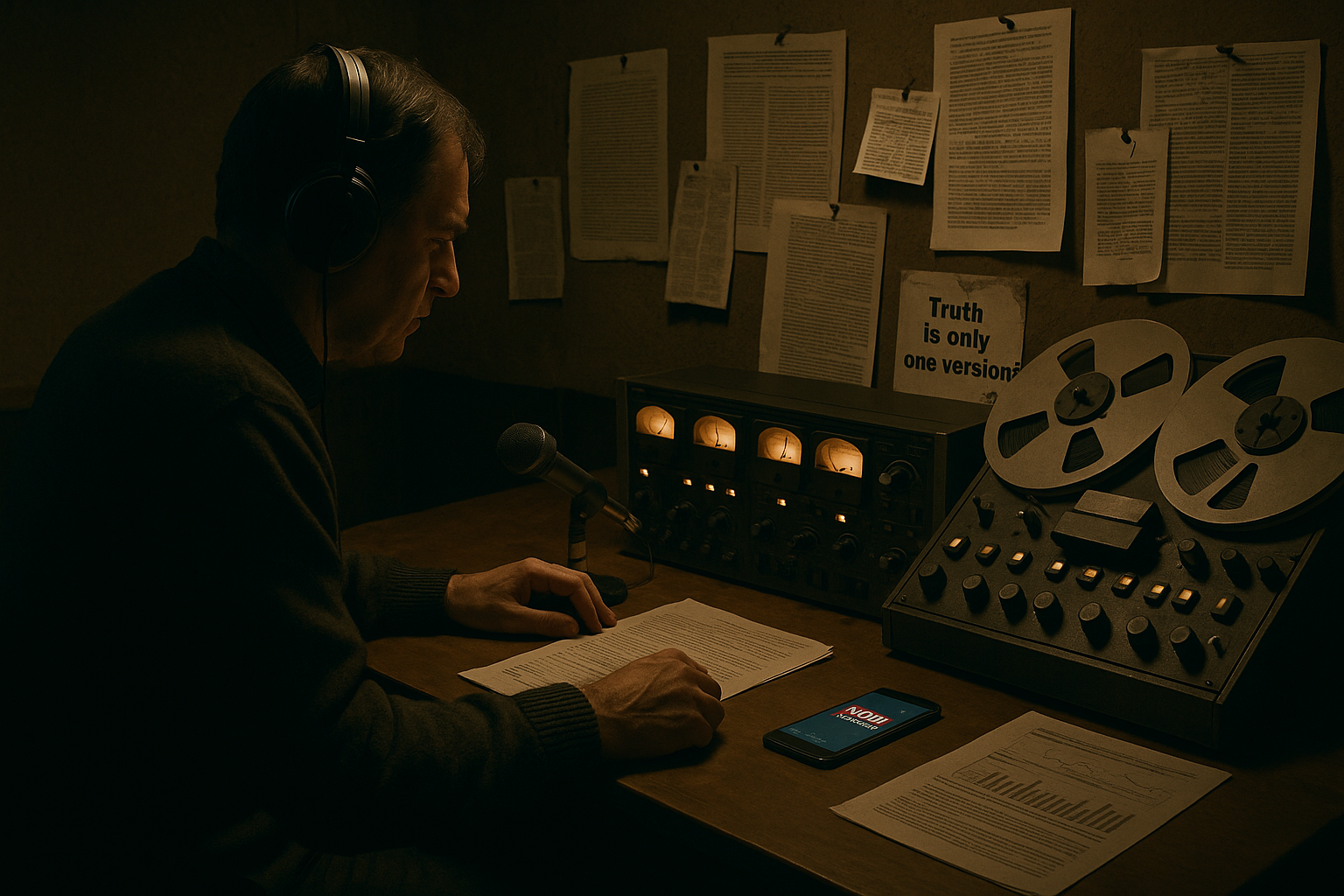
1. A New Kind of War
Pomerantsev does not begin with theory. He begins with his father—a dissident broadcaster in the Soviet Union—juxtaposing the Cold War information struggle with today’s destabilised, hyper-connected battlespace. Where the old regimes suppressed speech, today’s hybrid operators drown it in noise. The goal is not censorship, but cognitive collapse.
What emerges is a new paradigm: propaganda as strategic ambiguity. Actors no longer seek belief but submission through confusion. Pomerantsev’s central contribution is naming this architecture—not just as media manipulation, but as a form of insurgent control over perception itself.
“In the age of information warfare, reality is just one more tool to be gamed.” — Pomerantsev [1]
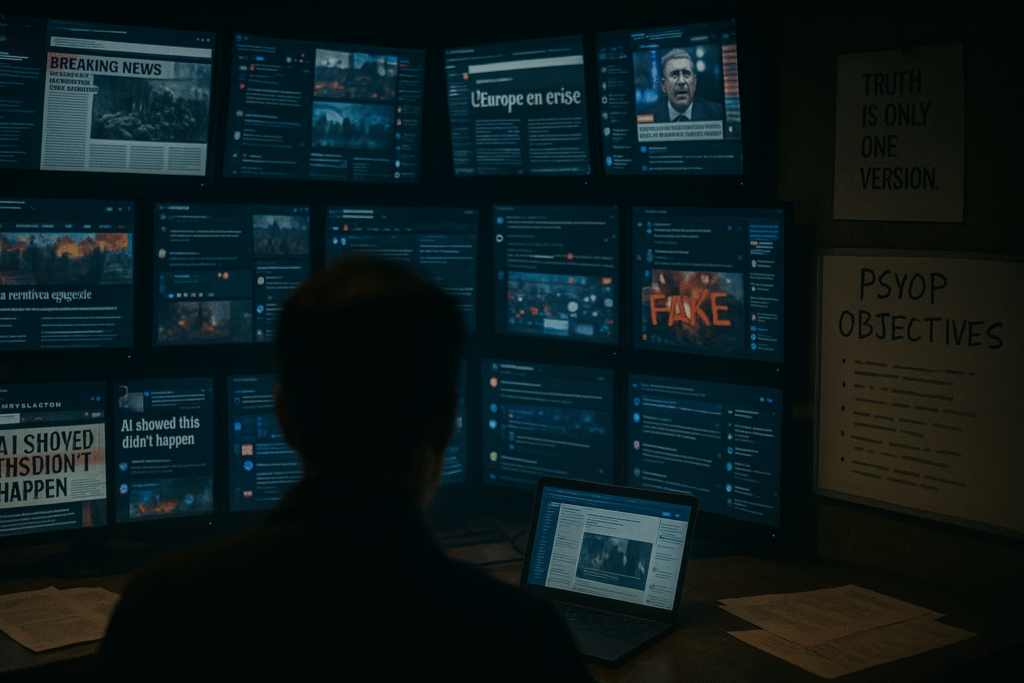
2. Systemic Disorientation: Chaos as Strategy
The case studies—ranging from Duterte’s Philippines to Kremlin-backed troll farms—are not random. Pomerantsev shows how disparate regimes converge around the same logic: erode trust, overload emotion, and fracture coherence. The disinformation is not always false. That is the genius of the method. It is strategically selected, emotionally engineered, and algorithmically amplified.
These actors do not seek to replace truth with lies. They seek to collapse the distinction. Truth becomes only one opinion among many, weaponised by its own vulnerability to narrative framing.
This aligns with Frontline Europa’s cognitive warfare typology: where the goal is no longer persuasion, but inoperability. Pomerantsev shows how this operational logic spreads like contagion—not by conversion, but by exhaustion.
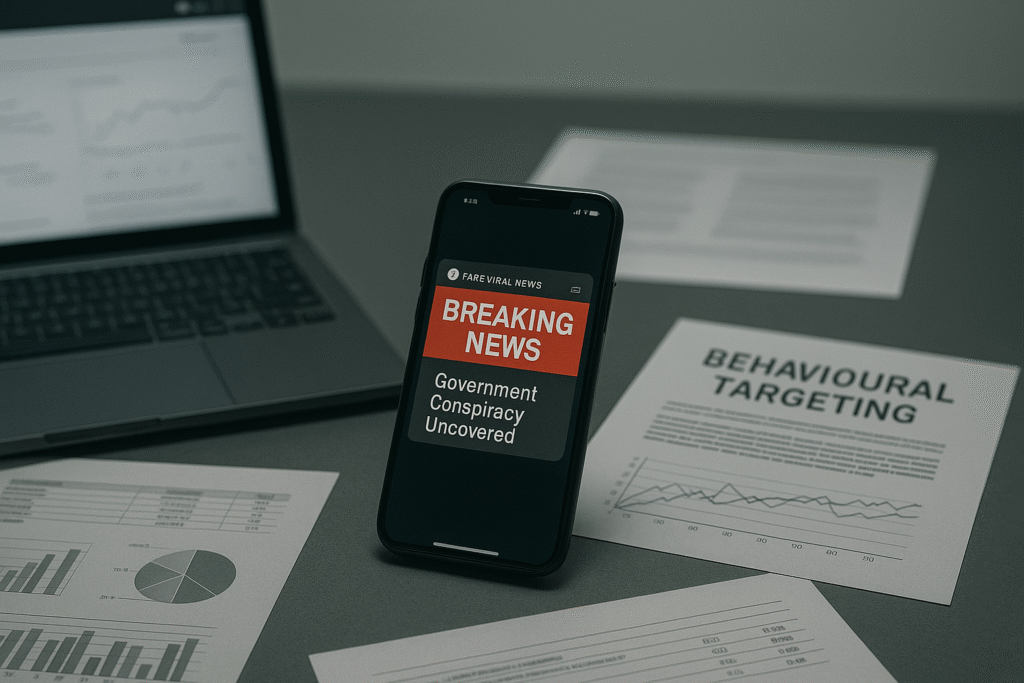
3. The Behavioural Payload: Targeting the Nervous System
Pomerantsev’s key insight is behavioural: propaganda today targets not belief, but reaction. Clicks, fears, shares, panic. The informational payload is emotional. He illustrates how psyops now function through microtargeted agitation—not mass mobilisation, but modular chaos.
This shift echoes RAND’s doctrine of “firehose propaganda,” where volume and velocity matter more than content accuracy [2]. Pomerantsev reframes this as an assault not on facts, but on sensemaking itself. The result is paralysis.
This is not the end of ideology. It is ideology weaponised into the atmosphere—detected not through arguments but through emotional saturation.

4. Countermeasures: Resilience Without Illusions
The book does not offer solutions in the traditional sense. Pomerantsev is clear: this is not a war that can be won by debunking or better messaging. The terrain itself has changed. The weapons are epistemic. The casualties are cognitive.
Instead, he advocates for infrastructures of resilience: legal, technological, and narrative. This matches Frontline Europa’s doctrine of symbolic inoculation, where the objective is not to return to a prior order but to build resistance within the new one.
Resilience here means defending orientation itself. Reasserting structure in the face of algorithmic storm.
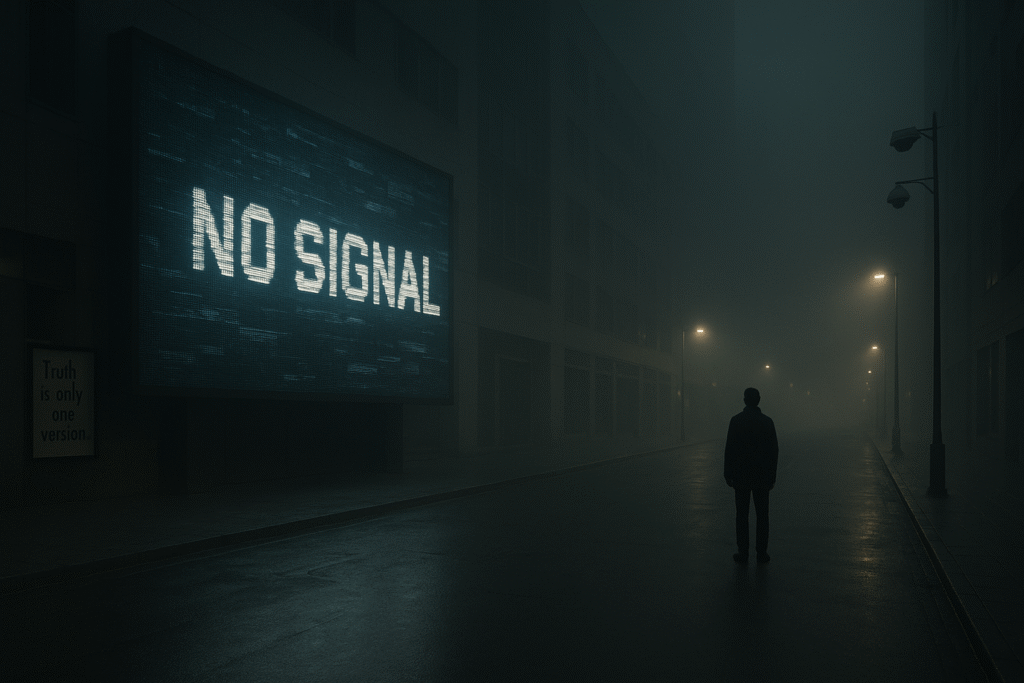
5. This Is Not Commentary
Pomerantsev’s book is not an analysis. Instead, it is fieldwork — drawn from embedded observation, not detached theory. It does not attempt to forecast what may come. Instead, it reports what is already operational. The battlefield is active. Fog is no longer a metaphor; it is an engineered condition.
This book belongs in the toolbox of every strategic communicator, civil defender, and information analyst operating under 21st-century conditions. Read it not for comfort but to calibrate.
📘 Buy the book: Purchase This Is Not Propaganda via our affiliate link
Using this link supports Frontline Europa’s work to document cognitive warfare and preserve civilian orientation under hybrid conditions.
Sustain the Signal
Frontline Europa operates without institutional backing, ad revenue, or algorithmic amplification. Our work exists solely to document the war already reshaping Europe — cognitively, politically, symbolically.
If this mission matters to you, help sustain it.
Your support enables independent civilian intelligence journalism to continue resisting strategic erasure, narrative occupation, and institutional collapse.
References
- Pomerantsev, P. (2019). This Is Not Propaganda: Adventures in the War Against Reality. Faber & Faber.
- Paul, C. & Matthews, M. (2016). The Russian “Firehose of Falsehood” Propaganda Model. RAND Corporation. https://www.rand.org/pubs/perspectives/PE198.html
